Rehoboth/Dewey Beach and the Outer Banks
Of all the beach towns on the East Coast, Rehoboth and Dewey Beach may be the most similar to the Outer Banks. There are, of course, differences, and they’re noteworthy, but there is no doubt that the two areas share some characteristics in common.
The Similarities
Both locations are very family-oriented. Every beach resort says they are, but to be truly family-oriented takes a real commitment in how the area thinks about lodging, entertainment, and a host of other factors, and in that sense Rehoboth and the Outer Banks are similar.
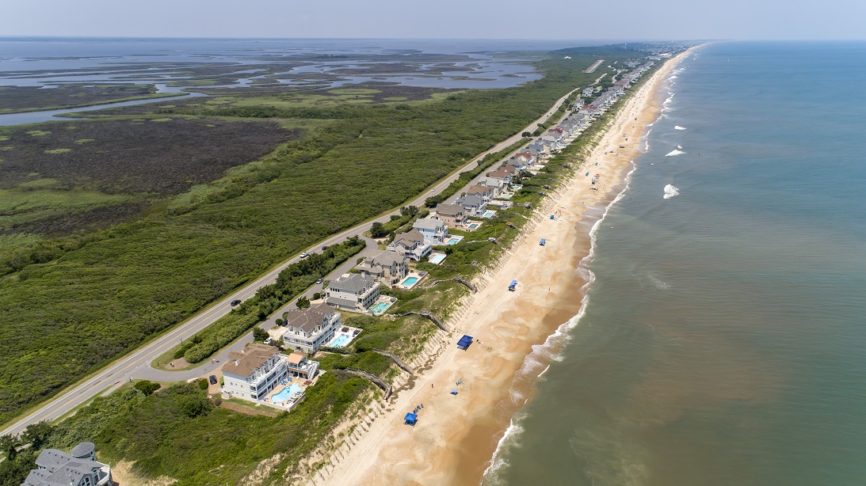
Located on the north end of a barrier island, the beaches get high marks for the quality of the sand and nearby facilities. However, unlike some of the Outer Banks beaches, no Delaware beach has ever appeared on Dr. Beach’s top ten list.
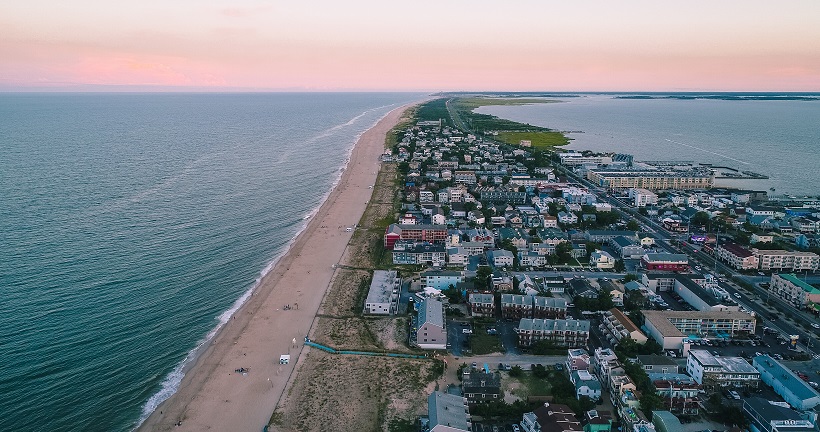
Where It’s Different
Although the Rehoboth’s beach is similar to Outer Banks beaches, there are a couple of significant differences. Water and air temperatures certainly enter into it.
June, July, and August—and even into mid-September, there is very little air and water temperature difference between the Outer Banks and Delaware beaches. May is still on the chilly side in both locations, but by mid-May air and water temperatures on the Outer Banks are ok for swimming—although the water is still on the cool side.

It is in the fall where the real differences show up. Average air temperatures tend to be three or four degrees colder than the Outer Banks, but ocean water temperatures by the end of September in Delaware are hovering around 58-60 degrees compared to the low 70s along the Outer Banks.
There is another very important difference as well. All North Carolina beaches are considered public domain—a legal way of saying when you’re on the beach, that’s public property. Should someone wish to do so, they could walk from Oregon Inlet all the way to the Virginia state line on the beach and never trespass on private property.
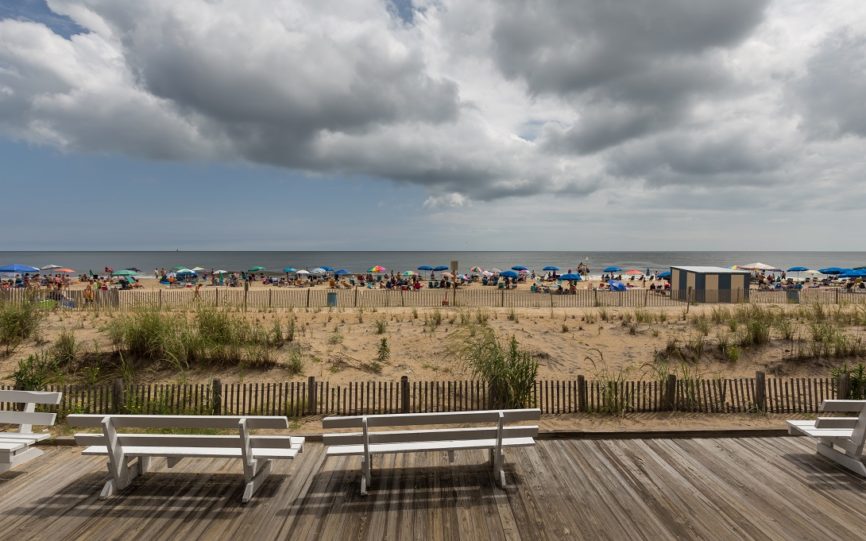
Delaware, in common with most states, does not consider the beach public domain, meaning there are areas of the Rehoboth and Dewey Beach towns that are private property and the use of those beaches is restricted to property owners.
Although the state has about 30 miles of shoreline, there are restrictions on where the public can use the beach and that includes state parks. There are some areas on the Outer Banks, especially on Pea Island, where beach use may be closed because of nesting activity, but generally speaking, all 110 miles from Ocracoke to Carova are open to the public.
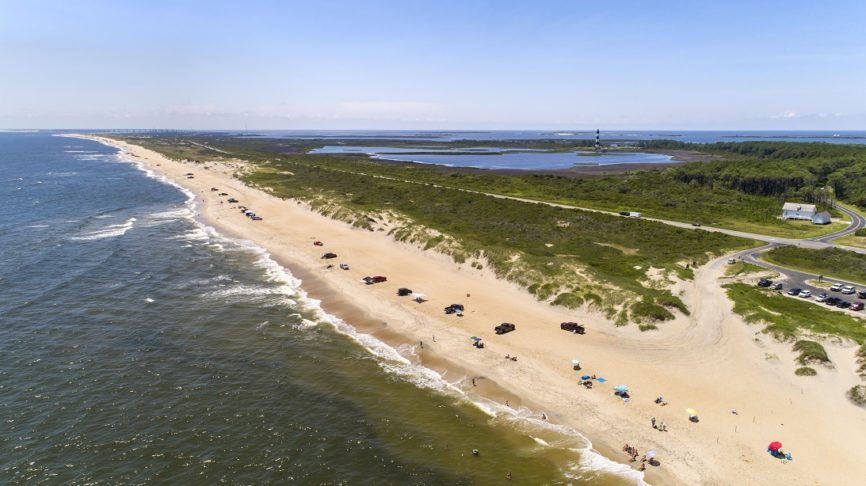
Also, beach parking is not free. in 2021, according to the Rehoboth Beach website, parking was $15/day during the summer. Weekly and seasonal passes are available as well, but that is quite the departure from Outer Banks towns. Kitty Hawk, Kill Devil Hills, and Nags Head provide beach parking free of charge. There are also parking areas that Dare and Currituck Counties provide outside of incorporated towns. Although Duck and Southern Shores restricts beach parking to property owners and their guests, beach parking is still free.
Fishing
The fish that are running in Delaware waters are pretty much the same as Outer Banks fish. The real difference is where an angler can throw a line in the water.
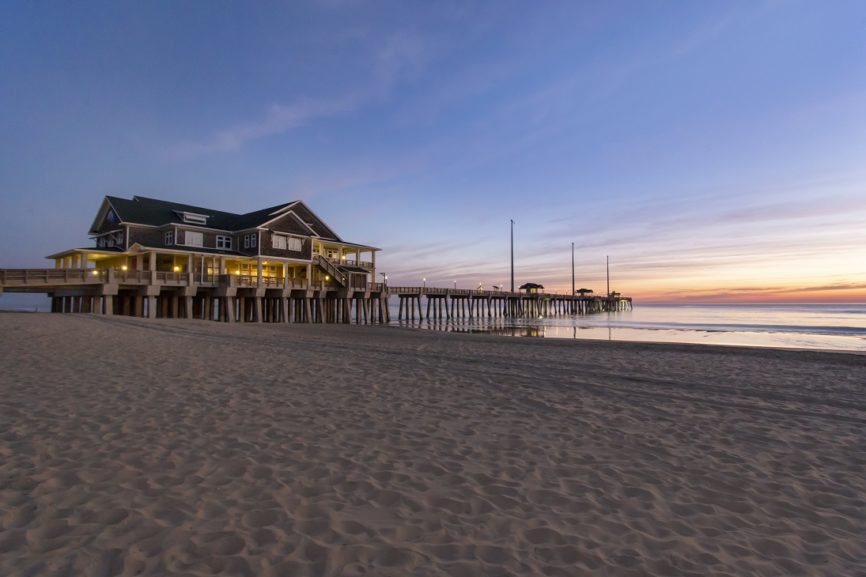
There are no fishing piers in either Rehoboth or Dewey Beach. There is a pier at Cape Henlopen State Park, but that is the nearest fishing pier.
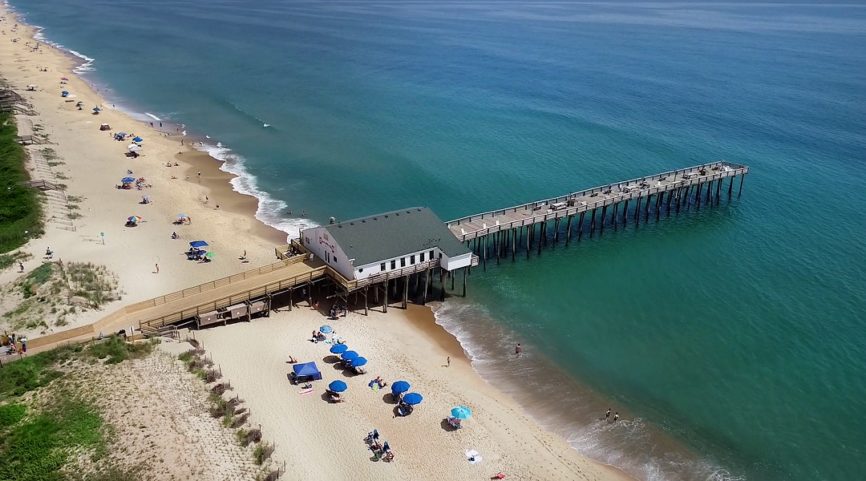
Unlike the Outer Banks, there are some restrictions on where surf fishing is allowed. It’s something that does require checking on local and state regulations.
The Boardwalk
One of the nicer features of Rehoboth is the boardwalk. It’s about a mile long and has many of the characteristics of commercial boardwalks. However, it does have a very real family feel to it, which is one of the reasons it gets such high marks.
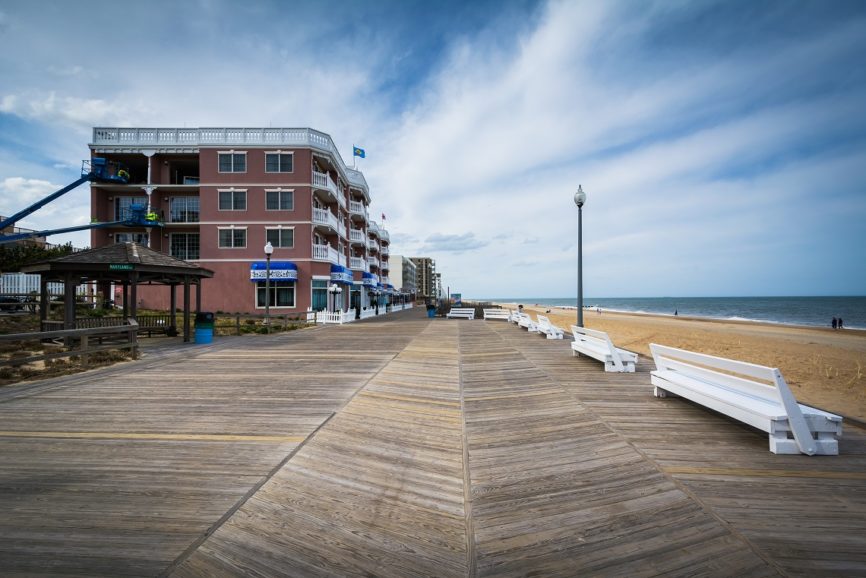
This is certainly one area where Rehoboth and Dewey Beach differ from the Outer Banks. Duck and Manteo have boardwalks, but they are sound side boardwalks, and although both have restaurants and businesses on their boardwalks, neither have the feel of a typical oceanside boardwalk.

Lodging
Although Rehoboth, like the Outer Banks, has a rich and long history of tourism, the two areas developed very differently.
From the 1830s when Perquimans County plantation owner Francis Nixon first brought his family to Nags Head, the Outer Banks has developed as a primarily residential vacation destination. We certainly have a good number of hotels and motels, but the majority of our lodging is geared toward rental homes.
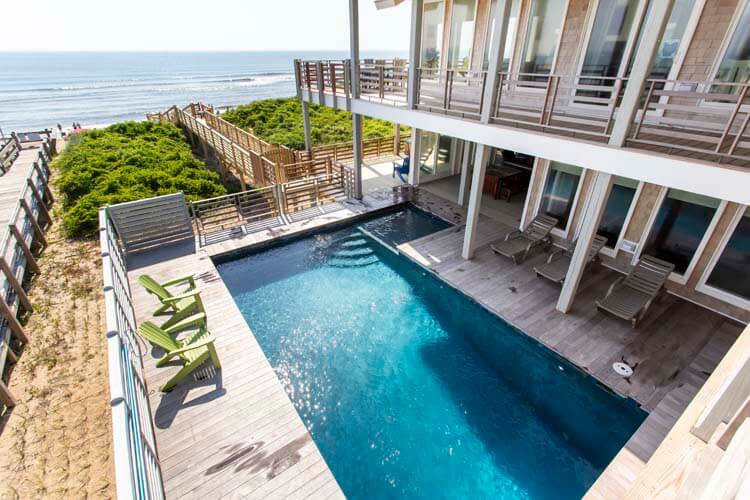
Rehoboth began life as a Christian seaside resort in the 1870s—a piece of historic fact that does play a role in its family orientation. The biggest change in the town, though, happened in 1925 when a road connected it with Georgetown, Delaware about 15 miles to the west. What that did was give easy access to the town to everyone from Philadelphia to Washington, DC.

With that surge in visitors, hotels sprang up on the beach. The boardwalk was already there and as a consequence, there are not as many beachfront homes as there are along the Outer Banks.
Experiencing Nature
One of the most wonderful things about the Outer Banks is the feeling that the beauty and wonder of nature are just outside the doorstep. The Delaware beaches, Rehoboth and Dewey Beach, in particular, have some similarities, although there are some significant differences.
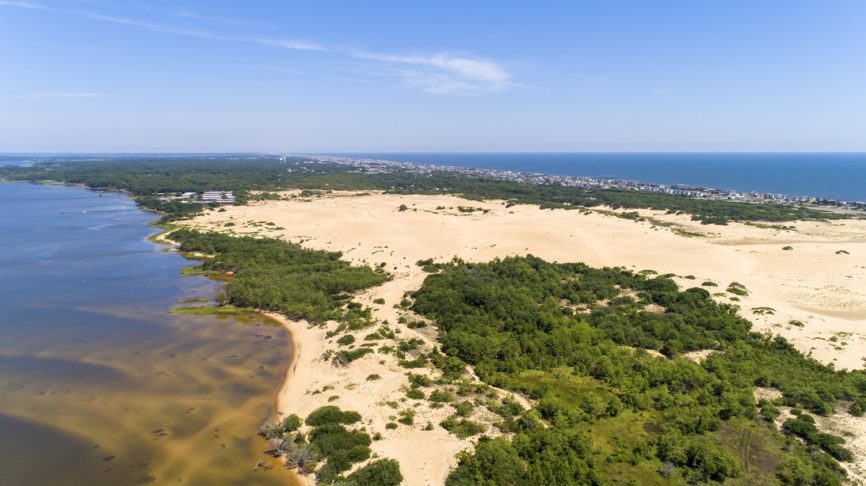
To the north Cape Henlopen State Park and Delaware Beaches State Park to the south offer protected area beaches along the ocean and bays. Cape Henlopen especially has some extensive beaches along Delaware Bay. Both parks offer a hiking trail, and Thompson Island is a 200 acre protected nature preserve on the south side of Rehoboth. However, the extensive maritime forests of the Outer Banks—Currituck Banks Estuarine Reserve, Kitty Hawk Woods, Nags Head Woods, or Buxton Woods—are not part of the Delaware shoreline in general.
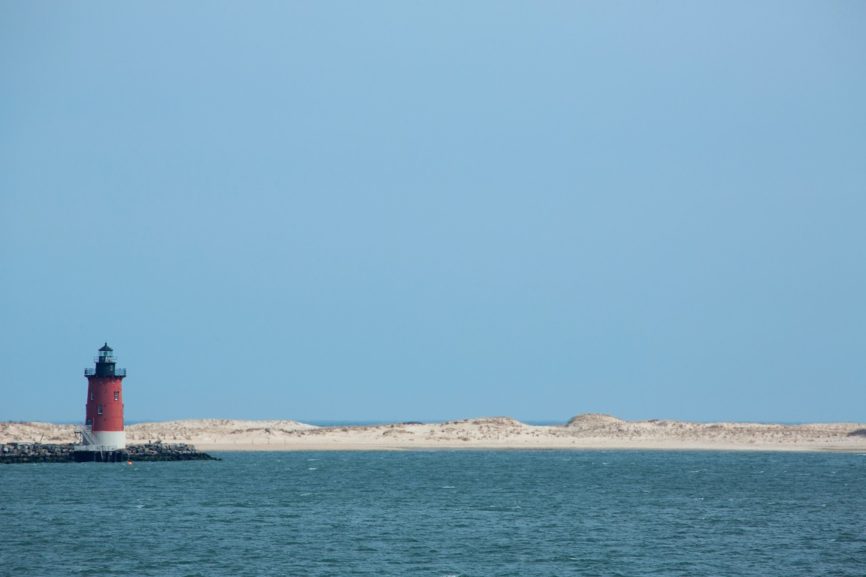
Although Delaware Beaches State Park is a protected area, it is smaller than Cape Hatteras National Seashore, nor does it have the diversity of conditions.
A Couple of Notes about the Towns
There is a lot of history to explore in the area. During WWII Cape Henlopen was a lookout site for German U-boats and a bombing range—a lot like the area toward the north end of Duck.
Rehoboth and Dewey Beach are often grouped together, probably because Dewey Beach, just to the south of Rehoboth is about a third of a square mile in size, and Rehoboth, in the offseason, much like the Outer Banks, is a truly small town.
